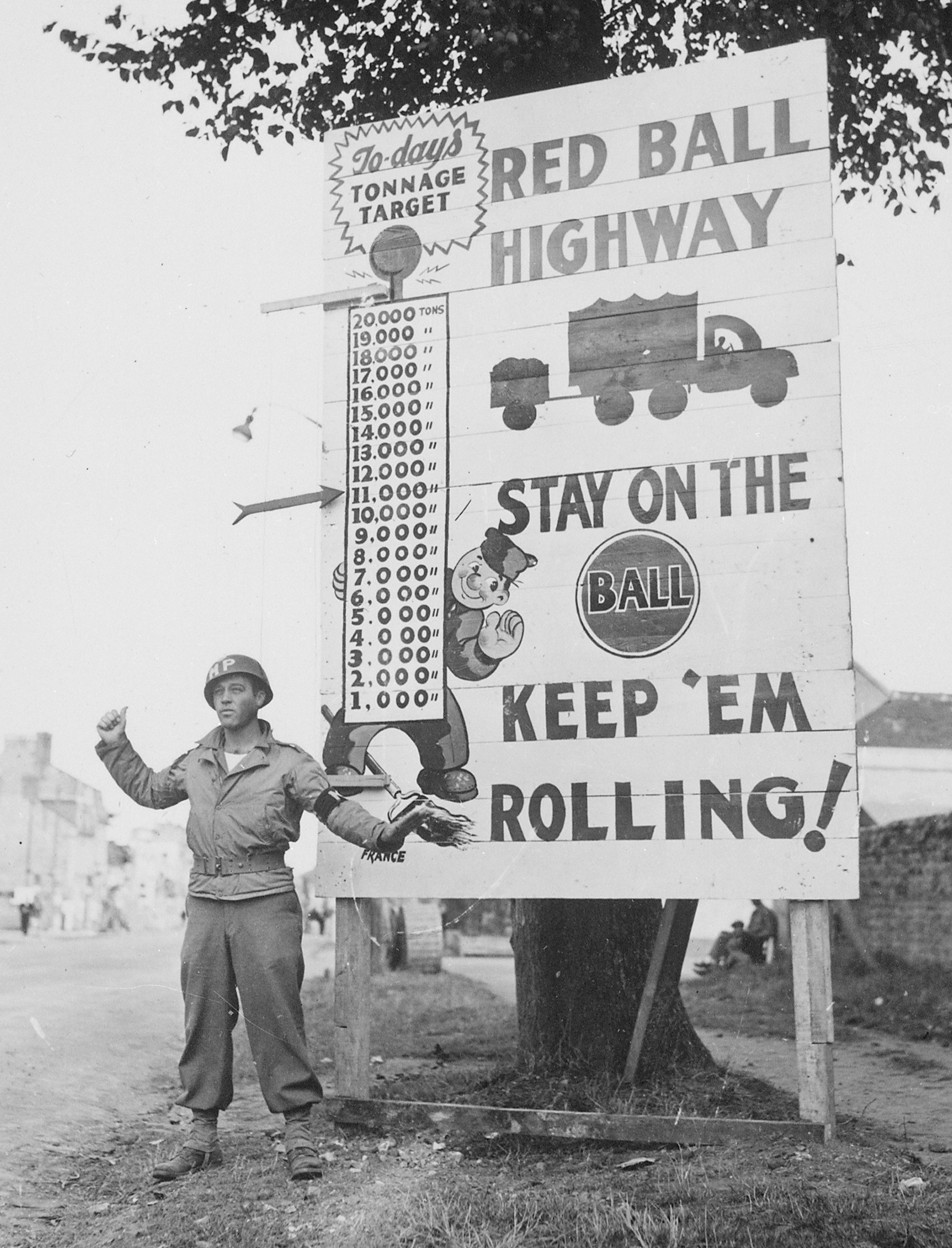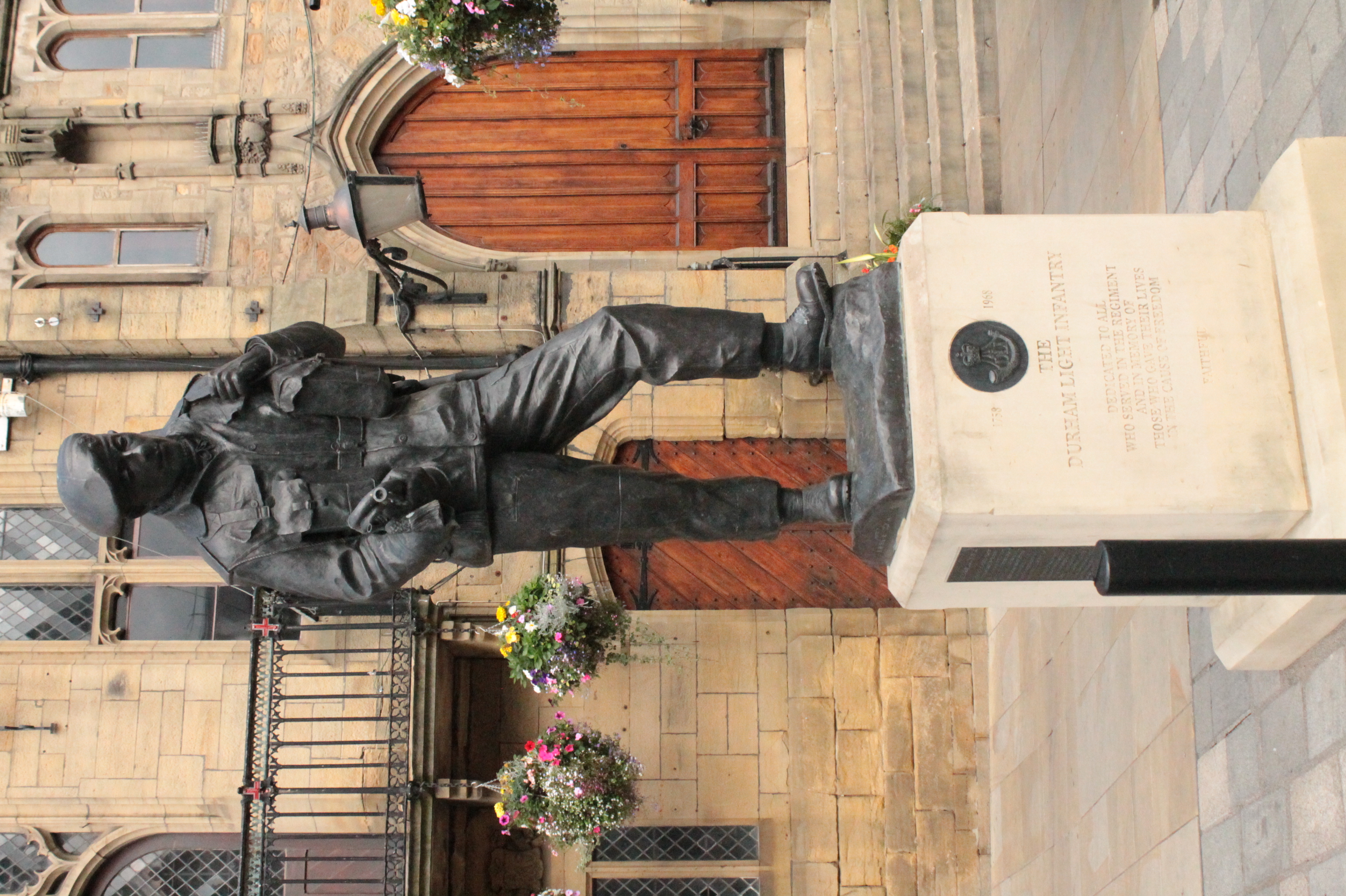|
151st Infantry Brigade (United Kingdom)
The 151st Infantry Brigade was an infantry brigade of the British Army that saw active service during the Second World War in Belgium and France in 1940, and later in North Africa, Tunisia and Sicily, and later in Normandy in mid-1944 and North-western Europe. The brigade was part of the 50th (Northumbrian) Infantry Division, and for most of its wartime existence consisted of three battalions of the Durham Light Infantry (DLI) the 6th, 8th and 9th. History Order of Battle 151st Infantry Brigade was constituted as follows during the war: * 6th Battalion, Durham Light Infantry * 8th Battalion, Durham Light Infantry * 9th Battalion, Durham Light Infantry ''(until 30 November 1944)'' * 151st Infantry Brigade Anti-Tank Company ''(formed 7 December 1939, disbanded 1 January 1941)'' * 151st Infantry Brigade Special Company ''(from 7 July until 31 December 1943)'' * 1/7th Battalion, Queen's Royal Regiment (West Surrey) ''(from 4 December 1944)'' [...More Info...] [...Related Items...] OR: [Wikipedia] [Google] [Baidu] |
World War I
World War I (28 July 1914 11 November 1918), often abbreviated as WWI, was one of the deadliest global conflicts in history. Belligerents included much of Europe, the Russian Empire, the United States, and the Ottoman Empire, with fighting occurring throughout Europe, the Middle East, Africa, the Pacific, and parts of Asia. An estimated 9 million soldiers were killed in combat, plus another 23 million wounded, while 5 million civilians died as a result of military action, hunger, and disease. Millions more died in genocides within the Ottoman Empire and in the 1918 influenza pandemic, which was exacerbated by the movement of combatants during the war. Prior to 1914, the European great powers were divided between the Triple Entente (comprising France, Russia, and Britain) and the Triple Alliance (containing Germany, Austria-Hungary, and Italy). Tensions in the Balkans came to a head on 28 June 1914, following the assassination of Archduke Franz Ferdin ... [...More Info...] [...Related Items...] OR: [Wikipedia] [Google] [Baidu] |
Operation Market Garden
Operation Market Garden was an Allies of World War II, Allied military operation during the World War II, Second World War fought in the Netherlands from 17 to 27 September 1944. Its objective was to create a Salient (military), salient into German territory with a bridgehead over the River Rhine, creating an Allies of World War II, Allied invasion route into northern Germany. This was to be achieved by two sub-operations: seizing nine bridges with combined U.S. and British airborne forces (Market) followed by land forces swiftly following over the bridges (Garden). The airborne operation was planned and undertaken by the First Allied Airborne Army with the land operation by XXX Corps (United Kingdom), XXX Corps of the Second Army (United Kingdom), British Second Army.The Battle for the Rhine 1944 by Robin Neillands, Chapter 4 The Road to Arnhem Although the largest airborne operation of the war up to that point, Market Garden's ultimate outcome remains debated: The operation s ... [...More Info...] [...Related Items...] OR: [Wikipedia] [Google] [Baidu] |
John Nichols (British Army Officer)
Brigadier John Sebastian Nichols, (5 July 1896 – 7 February 1954) was a British Army officer who fought during both the First World War and the Second World War. During the latter his most notable role was when he commanded the 50th (Northumbrian) Infantry Division during the Second Battle of El Alamein and in the Tunisian campaign from 1942 to 1943. Early life and First World War Nichols was born on 5 July 1896 in the town of Markington, Harrogate, West Riding of Yorkshire. His father was the Reverend Sebastian Elijah Nichols, an Anglican clergyman, and his mother was Caroline Isabel Mare. Nichols was educated at Eton College and, after volunteering for the British Army, shortly after the outbreak of the First World War, he was commissioned as a second lieutenant into the Lincolnshire Regiment (later the Royal Lincolnshire Regiment) in late September 1914. Promoted to lieutenant in early August 1915, and a captain in early June 1916, he served with the 1/5th Battalion, Linc ... [...More Info...] [...Related Items...] OR: [Wikipedia] [Google] [Baidu] |
Jack Churchill
John Malcolm Thorpe Fleming Churchill, (16 September 1906 – 8 March 1996) was a British Army officer who fought in the Second World War with a longbow, a Scottish broadsword, and a bagpipe. Nicknamed "Fighting Jack Churchill" and "Mad Jack", he was known for the motto: "Any officer who goes into action without his sword is improperly dressed." Early life Churchill was born in Colombo, British Ceylon, to Alec Fleming Churchill (1876–1961), later of Hove, East Sussex, and Elinor Elizabeth, daughter of John Alexander Bond Bell, of Kelnahard, County Cavan, Ireland, and of Dimbula, Ceylon. Alec, of a family long settled at Deddington, Oxfordshire, had been District Engineer in the Ceylon Civil Service, in which his father, John Fleming Churchill (1829–1894), had also served. Soon after Jack's birth, the family returned to Dormansland, Surrey, where his younger brother, Thomas Bell Lindsay Churchill (1907–1990), was born. In 1910, the Churchills moved to British Hong Kong wh ... [...More Info...] [...Related Items...] OR: [Wikipedia] [Google] [Baidu] |
Queen's Royal Regiment (West Surrey)
The Queen's Royal Regiment (West Surrey) was a line infantry regiment of the English and later the British Army from 1661 to 1959. It was the senior English line infantry regiment of the British Army, behind only the Royal Scots in the British Army line infantry List of Regiments of Foot, order of precedence. In 1959, the regiment was amalgamated with the East Surrey Regiment, to form a single county regiment called the Queen's Royal Surrey Regiment which was, on 31 December 1966, amalgamated with the Queen's Own Buffs, The Royal Kent Regiment, the Royal Sussex Regiment and the Middlesex Regiment, Middlesex Regiment (Duke of Cambridge's Own) to form the Queen's Regiment. Following a further amalgamation in 1992 with the Royal Hampshire Regiment, the lineage of the regiment is continued today by the Princess of Wales's Royal Regiment, Princess of Wales's Royal Regiment (Queen's and Royal Hampshires). Titles The regiment was raised in 1661 by Henry Mordaunt, 2nd Earl of Peterboroug ... [...More Info...] [...Related Items...] OR: [Wikipedia] [Google] [Baidu] |
Durham Light Infantry
The Durham Light Infantry (DLI) was a light infantry regiment of the British Army in existence from 1881 to 1968. It was formed in 1881 under the Childers Reforms by the amalgamation of the 68th (Durham) Regiment of Foot (Light Infantry) and the 106th Regiment of Foot (Bombay Light Infantry) along with the Militia and Volunteers of County Durham. The regiment served notably in the Second Boer War, World War I and World War II, the Korean War and the Indonesia–Malaysia confrontation. During times of peace it had duty in India, China, West Germany and Cyprus. In 1968, the regiment was amalgamated with the Somerset and Cornwall Light Infantry, the King's Own Yorkshire Light Infantry and the King's Shropshire Light Infantry to form The Light Infantry, which again amalgamated in 2007 with the Devonshire and Dorset Regiment, the Royal Gloucestershire, Berkshire and Wiltshire Regiment and the Royal Green Jackets to form a new large regiment, The Rifles, which continues the lineag ... [...More Info...] [...Related Items...] OR: [Wikipedia] [Google] [Baidu] |
Western Front (World War II)
The Western Front was a European theatre of World War II, military theatre of World War II encompassing Denmark, Norway, Luxembourg, Belgium, Netherlands, the Netherlands, the United Kingdom, France, and Germany. The Italian campaign (World War II), Italian front is considered a separate but related theater. The Western Front's 1944-1945 phase was officially deemed the European Theater of Operations, United States Army, European Theater by the United States, whereas Italy fell under the Mediterranean Theater of Operations, United States Army, Mediterranean Theater along with North Africa. The Western Front was marked by two phases of large-scale combat operations. The first phase saw the capitulation of Luxembourg, Netherlands, Belgium, and France during May and June 1940 after their defeat in the Low Countries and the northern half of France, and continued into an air war between Germany and Britain that climaxed with the Battle of Britain. The second phase consisted of large- ... [...More Info...] [...Related Items...] OR: [Wikipedia] [Google] [Baidu] |
Operation Overlord
Operation Overlord was the codename for the Battle of Normandy, the Allies of World War II, Allied operation that launched the successful invasion of German-occupied Western Front (World War II), Western Europe during World War II. The operation was launched on 6 June 1944 (D-Day) with the Normandy landings. A 1,200-plane Airborne forces, airborne assault preceded an amphibious warfare, amphibious assault involving more than 5,000 vessels. Nearly 160,000 troops crossed the English Channel on 6 June, and more than two million Allied troops were in France by the end of August. The decision to undertake a cross-channel invasion in 1944 was taken at the Washington Conference (1943), Trident Conference in Washington, D.C., Washington in May 1943. General Dwight D. Eisenhower was appointed commander of Supreme Headquarters Allied Expeditionary Force, and General Bernard Montgomery was named commander of the 21st Army Group, which comprised all the land forces involved in the invasio ... [...More Info...] [...Related Items...] OR: [Wikipedia] [Google] [Baidu] |
Allied Invasion Of Sicily
The Allied invasion of Sicily, also known as Operation Husky, was a major campaign of World War II in which the Allied forces invaded the island of Sicily in July 1943 and took it from the Axis powers ( Fascist Italy and Nazi Germany). It began with a large amphibious and airborne operation, followed by a six-week land campaign, and initiated the Italian campaign. To divert some of the Axis forces to other areas, the Allies engaged in several deception operations, the most famous and successful of which was Operation Mincemeat. Husky began on the night of 9–10 July 1943 and ended on 17 August. Strategically, Husky achieved the goals set out for it by Allied planners; the Allies drove Axis air, land and naval forces from the island and the Mediterranean sea lanes were opened for Allied merchant ships for the first time since 1941. These events led to the Italian leader, Benito Mussolini, being toppled from power in Italy on 25 July, and to the Allied invasion of Italy on 3 ... [...More Info...] [...Related Items...] OR: [Wikipedia] [Google] [Baidu] |
Tunisia Campaign
The Tunisian campaign (also known as the Battle of Tunisia) was a series of battles that took place in Tunisia during the North African campaign of the World War II, Second World War, between Axis powers, Axis and Allies of World War II, Allied forces from 17 November 1942 to 13 May 1943. The Allies consisted of British Empire, British Imperial Forces, including a Sacred Band (World War II), Greek contingent, with United States, American and Military history of France during World War II, French corps. The battle opened with initial success by the Nazi Germany, German and Fascist Italy (1922–1943), Italian forces but the massive supply interdiction efforts led to the decisive defeat of the Axis. Over 250,000 Wehrmacht, German and Royal Italian Army during World War II, Italian troops were taken as Prisoner of war, prisoners of war, including most of the Afrika Korps. Background Western Desert The first two years of the North African campaign, war in North Africa were charact ... [...More Info...] [...Related Items...] OR: [Wikipedia] [Google] [Baidu] |
Battle Of Belgium
The invasion of Belgium or Belgian campaign (10–28 May 1940), often referred to within Belgium as the 18 Days' Campaign (french: Campagne des 18 jours, nl, Achttiendaagse Veldtocht), formed part of the greater Battle of France, an Military offensive, offensive campaign by Nazi Germany, Germany during the World War II, Second World War. It took place over 18 days in May 1940 and ended with the German occupation of Belgium following the surrender of the Belgian Land Component, Belgian Army. On 10 May 1940, Germany Invasion of Luxembourg, invaded Luxembourg, Battle of the Netherlands, the Netherlands, and Belgium under the operational plan ''Manstein Plan, Fall Gelb'' (Case Yellow). The Allied armies Dyle Plan, attempted to halt the German Army in Belgium, believing it to be the main German thrust. After the French had fully committed the best of the Allies of World War II, Allied armies to Belgium between 10 and 12 May, the Germans enacted the second phase of their operation, a ... [...More Info...] [...Related Items...] OR: [Wikipedia] [Google] [Baidu] |







.jpg)
